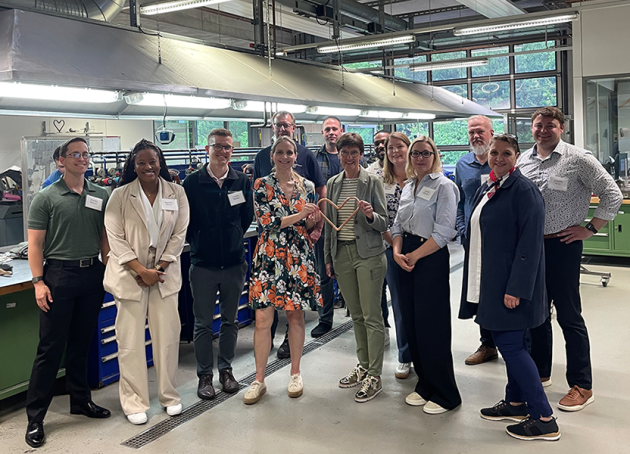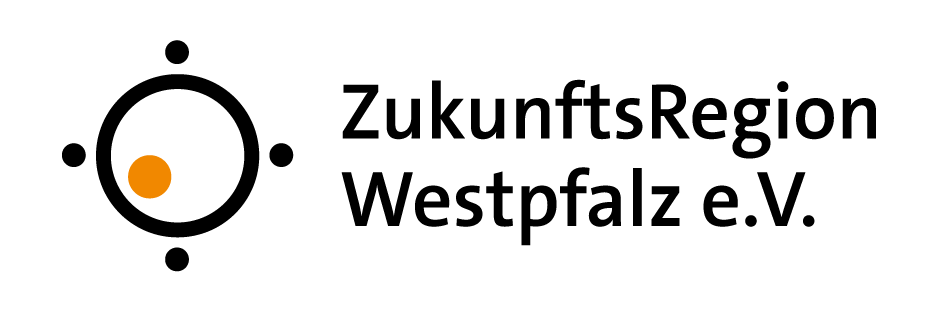HWK & IHK welcome USAFE guests at the BTZ in Kaiserslautern

Foto: ZRW
As part of the Leadership Connect Germany 2024 program, we visited the Vocational Training and Technology Center (BTZ) of the Palatinate Chamber of Skilled Crafts (HWK Pfalz). The HWK der Pfalz has a total of three training centers (Kaiserslautern, Ludwigshafen, Landau) and we had the opportunity to visit the largest of the three centers on the edge of the Palatinate Forest in Kaiserslautern.
This time, the event was hosted by two of our member organizations: the Palatinate Chamber of Skilled Crafts (HWK), represented by Managing Director Rita Petry, and the Palatinate Chamber of Industry and Commerce (IHK), represented by Veronika Pommer, Regional Manager Northwest Palatinate of the IHK.
First of all, it was interesting for the participants to find out how the two chambers are organized. Both have similar tasks, both are corporations under public law and membership is compulsory for every craft, industrial and commercial business. The main difference is that the HWK, as its name suggests, represents the interests of the region's skilled trades, while the IHK represents the interests of industrial and commercial companies. Among other things, both chambers are responsible for the implementation of a large number of dual training occupations, from the organization to the handling of intermediate and final examinations. They also offer a wide range of services and represent the interests of their member companies to political decision-makers.
Since the U.S. offers essentially only school-based or university-based vocational training, it was exciting for the participants to learn more about the dual training system in Germany. While in the U.S., for example, students must pay high tuition to get a good education and are often heavily in debt, in Germany, the company pays the cost of dual vocational training. At the same time, the apprentice receives a salary that increases with each year of training. Although dual vocational training is also available in the United States, for example through German companies that operate production facilities in the United States, it is only available to a limited extent. The spread of the German model of dual vocational training would certainly have a number of advantages, such as giving young people from low-income families the opportunity to get a good education without incurring debt and addressing the shortage of skilled workers in America.
The shortage of skilled workers in the skilled trades is nothing new, and there is a lot of misconception about working in the skilled trades, says Rita Petry. Work in the trades can be dirty and physically demanding. Many people are not aware that the skilled trades are also evolving as a result of the digital transformation and that training offers many advantages, such as being paid during training.
There was unanimous agreement that a family-friendly corporate culture in companies would have a positive impact on the shortage of skilled workers. However, approaches such as changes to the Skilled Immigration Act and the intended facilitation of qualified immigration could also be a further lever in combating the shortage of skilled workers.
The HWK and IHK are jointly responsible for a total of 330 different professions. There are training workshops at the BTZ for numerous professions - from precision mechanics to heating engineers and hairdressers. And best of all: during our visit, we were able to experience first-hand how the carpenters work on their wood project, how the automotive mechatronics technicians prepare for their final exams and which innovative teaching methods are used in the color technology and interior design workshops.


